Review: Google Nexus 5X
Lock Screen
The new lock screen in Android 6.0 Marshmallow is hardly different from the Lollipop lock screen. However, the Nexus 5X lets you use your fingerprint to unlock the phone.
The 5X suggests you register at least one fingerprint during the setup process. Google's Imprint — the software Google uses to manage your fingerprint — is lightning quick. Training the 5X to record a fingerprint consumed less than half the time it takes to do the same on the iPhone 6s or Galaxy S6. It's incredibly fast. Along with a fingerprint, the 5X suggests users set up a backup password, PIN, or pattern. I never needed to rely on them. The fingerprint reader is so fast, it unlocks the 5X in an instant. While first-generation fingerprint readers were often slow and inaccurate, the newer hardware reaching today's phones gets the job done in short order.
The information made available on the lock screen varies a bit depending in your preferences. Like Motorola's Ambient Display, the Nexus 5X will push monochrome alerts to the dark screen, such as the presence of new emails, new messages, or missed calls. This means you will occasionally see alerts when the phone is at rest. The screen won't wake when tapped like an LG G4, or if you wave your hand over it, like the Moto X.
Waking the screen with the lock button reveals the clock and a list of notifications below it. These notifications can be customized to reveal their content or not, such as the text of a message. There are shortcuts to Google voice search and the camera in the bottom corners. The Quick Settings screen is also accessible from the lock screen.
Home Screens
The Android 6.0 home screen — which, on Nexus handsets, means the Google Now Launcher — is more or less carried over directly from Android 5.0. A single home screen is active when you first boot the phone, and it has several shortcuts added to the dock at the bottom, and several folders chock full of Google's apps and services. As always, you can arrange these however you wish, add widgets and change wallpapers, and add more home screens. The app drawer is now arranged vertically, rather than horizontally, and places different app suggestions at the top of the screen. The settings menus are unchanged when compared to Lollipop.
The Google Now screen has been refreshed a little bit with smaller, more proactive cards. Now lets you customize your home/work locations, the types of sports, stocks, entertainment, and news you care about, as well as your favorite method of personal transportation (biking, driving, public transport.)
The Google Search bar is now more colorful (to match the new Google logo) and offers handy suggestions about voice commands you can give. As noted in our review of Android 6.0 Marshmallow, Google Search is able to handle far more voice-based queries and commands. You can easily open the calendar and set appointments and/or reminders; open music apps and listen to songs; and of course dictate messages. The 5X allows you to train it to respond to a catchphrase, which means you can say "OK Google" and search from just about any screen.
Now on Tap is one of the marquee features of Marshmallow. A long press of the home button will cause the 5X to perform a quick search based on what's on the display and offer information/suggestions as a result. Now on Tap is best used when discussing plans or seeking other, contextual information about people, places, locations, events, and so on. It works as long as there's something interesting on the screen that you want to know more about. Now on Tap performed just as well on the 5X as it did on the Nexus 5.
Speaking of performance, the 5X has a hexa-core processor (that's six cores). The Snapdragon 808 is joined by 2GB of RAM and either 16 or 32GB of storage. The 16GB option is rather paltry, especially considering the 5X's lack of memory card support. The 5X performs rather unevenly. As noted, the fingerprint reader is blink-and-you-missed it fast, and the home screens move fluidly and without issue. But I thought the camera app was slow, as were the Play Store and Google Photos apps. The 5X might have benefited from an octa-core design and another 1GB of RAM, but I suppose that's what the Nexus 6P is for.
Camera
The 5X doesn't have a dedicated camera button, but a double press of the lock button will rouse the camera from slumber. Like a teenager, the 5X's camera is slow to wake. You can also open the camera from the lock screen itself, or via home screen shortcut. The camera was never quick to spring open.
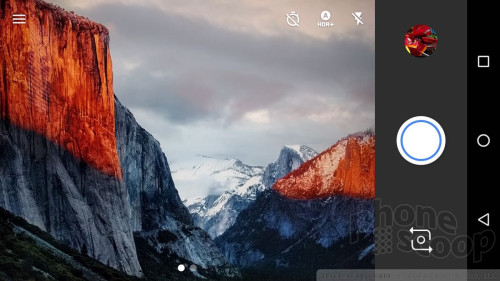
The camera has a fairly basic feature set. Controls are spread out all over the place. The shutter button, user-facing camera, and gallery are all positioned along the right side of the screen. There are simple tools along the top for setting a timer, setting HDR to on/off/auto, and setting the flash to on/off/auto.
There are four shooting modes: auto, photo sphere, panorama, and lens blur. The first three are old hat. Lens blur lets you create shots where the subject is sharp, but the rest of the image is out of focus (also called the bokeh effect). This shooting mode actually requires some technique, as you have to move the camera (not too fast!) while shooting the image. This allows the camera to gather some perspective data and then render the image. Rendering takes a solid 12 to 15 seconds; it's not fast. After the image has rendered, you can adjust the point of focus and how far out it spreads. I think Google's handset partners have produced easier-to-master bokeh tools that deliver dramatically superior results.
There are three ways to capture regular images: press the screen lock button, press the software shutter button, or press the screen first to focus and then press the shutter button. None of these methods is quick. The 5X takes time to focus no matter which approach you choose, which is odd given the laser-assist function that works so well on other LG phones. I obtained the best results by pressing the screen first to lock focus before pressing the shutter button. If you're trying to snag shots of fast-moving toddlers or friends zipping past on skateboards, forget it.
Need to shoot video? Swipe the screen and the 5X will jump to video mode. There aren't too many video options. You can shoot at 30 frames per second in 4K, 1080p, or 720p, or up to 120 frames per second (for slow motion results) in 1080p or 720p. That's about it.
Just for the heck of it, I downloaded and teste FV-5 from the Play Store. It, too, was slow to focus and capture images. I used the same FV-5 camera app on the Moto X, too, and it performed much faster on that handset. Clearly, the Nexus 5X is underpowered as far as the camera is concerned.
Photos/Video
Taken as a whole, the 12-megapixel camera of the 5X produces decent images. I definitely saw a range of problems here and there, but none of them were deal-breakers. The majority of images were sharp, and I didn't see any grain issues. I only noticed a few exposure issues, but they were in difficult situations (see the overblown house above the underexposed purple flowers). White balance was good throughout, with only one example below (hot air balloon) trending toward too warm.

I'd say most people will be happy enough to use the 5X as a daily shooter, but power users — which is often how Nexus owners are viewed — may be disappointed.
Don't bother shooting 4K video with the 5X. It's not that it doesn't produce good results, but with 16GB of storage (or even 32GB), that footage will munch down memory in short order. Moreover, it's useless to you without a 4K TV or monitor. Stick with the 1080p capture mode, which does well enough to satisfy the bulk of users. I was pleased with the 5X's video footage and think it will suffice as a daily shooter for regular Joes and power users alike.
Google Stuff
The Pure Android Experience offered by Nexus phones means you don't get any bloat, just lots of Google stuff. There are 29 apps installed on the 5X out of the box, which is about half as many as are typically packed onto phones sold by the carriers. The lack of bloatware and junk is one of the many appealing things about owning a Nexus handset.


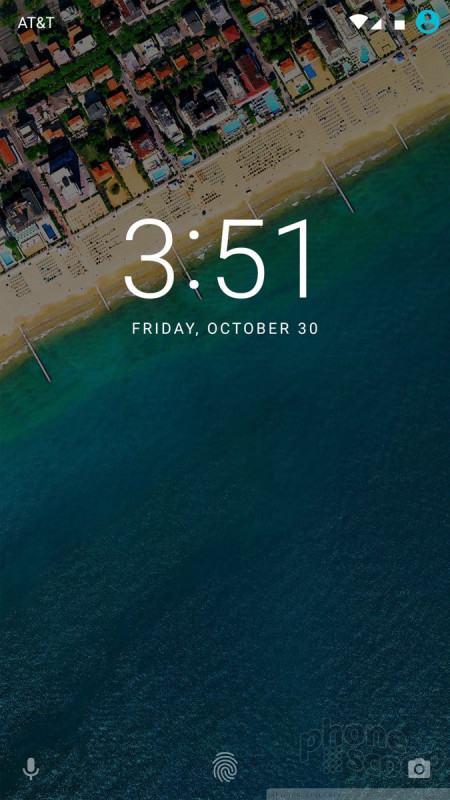



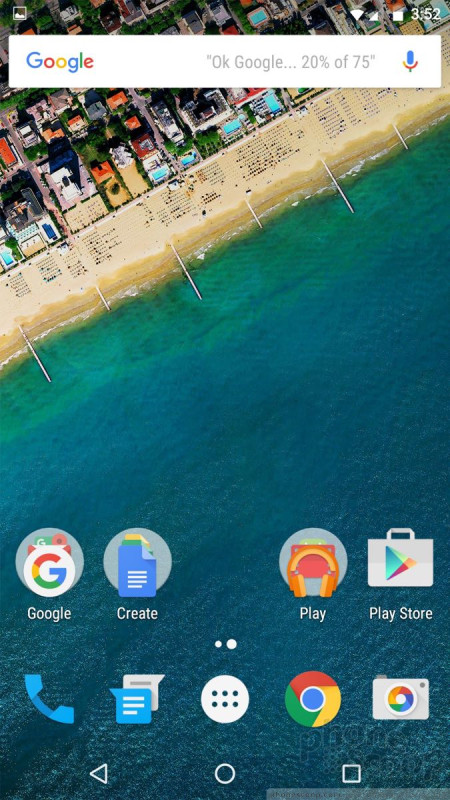




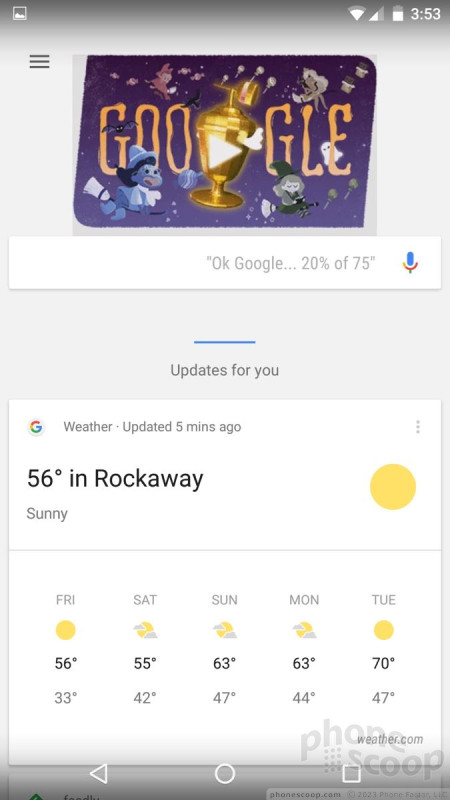










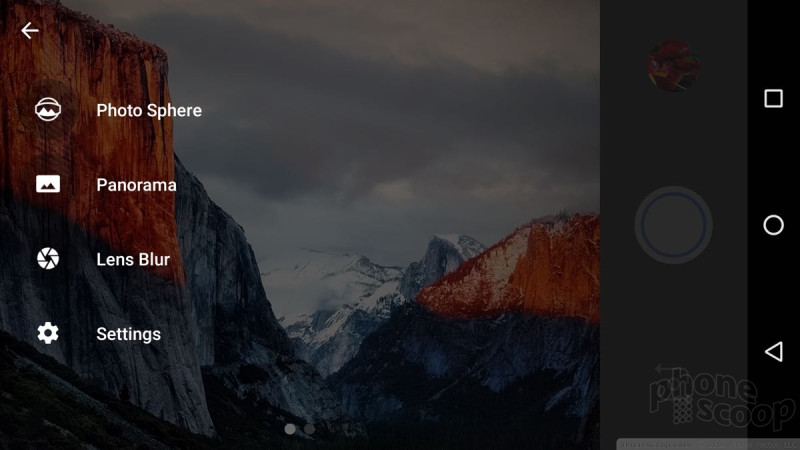


















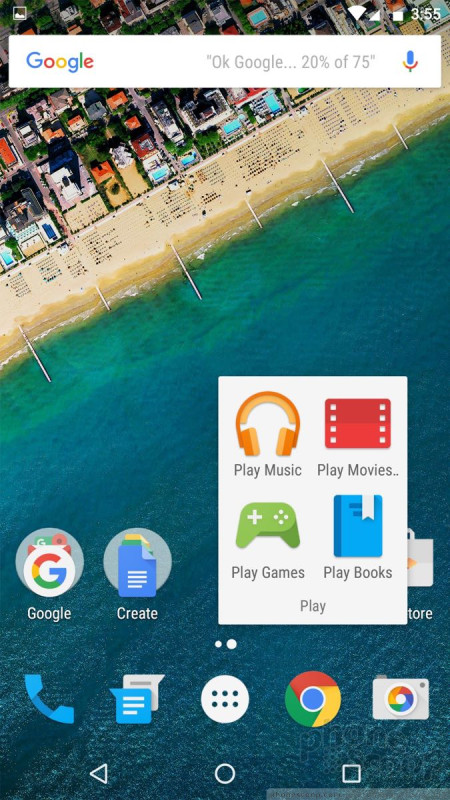



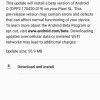 Google Pushes Minor Update to Android O Beta
Google Pushes Minor Update to Android O Beta
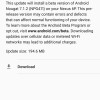 Google Pushes Second Beta of Android 7.1.2
Google Pushes Second Beta of Android 7.1.2
 Republic Wireless Improves Android Lineup
Republic Wireless Improves Android Lineup
 Google Releases Final Developer Preview of Android 7 Nougat
Google Releases Final Developer Preview of Android 7 Nougat
 Google Reveals When Nexus Phones Will Cease Receiving Android Updates
Google Reveals When Nexus Phones Will Cease Receiving Android Updates
 LG Nexus 5X
LG Nexus 5X




